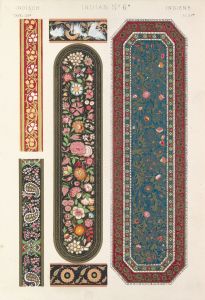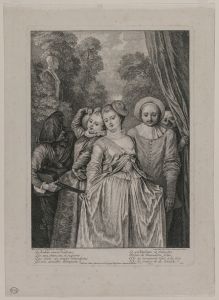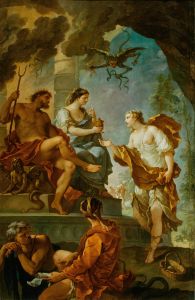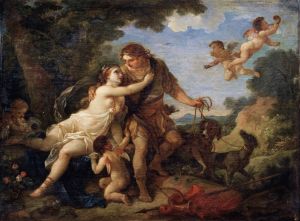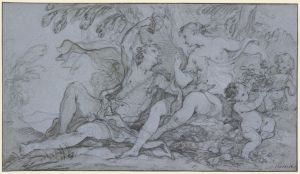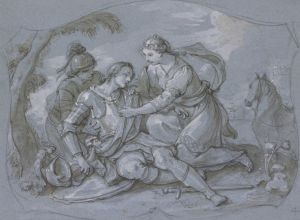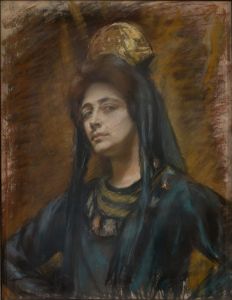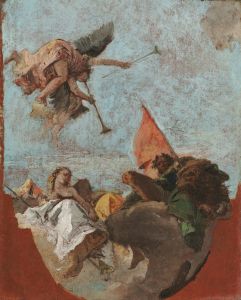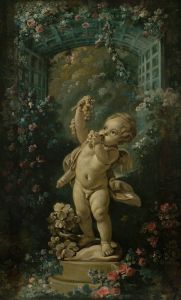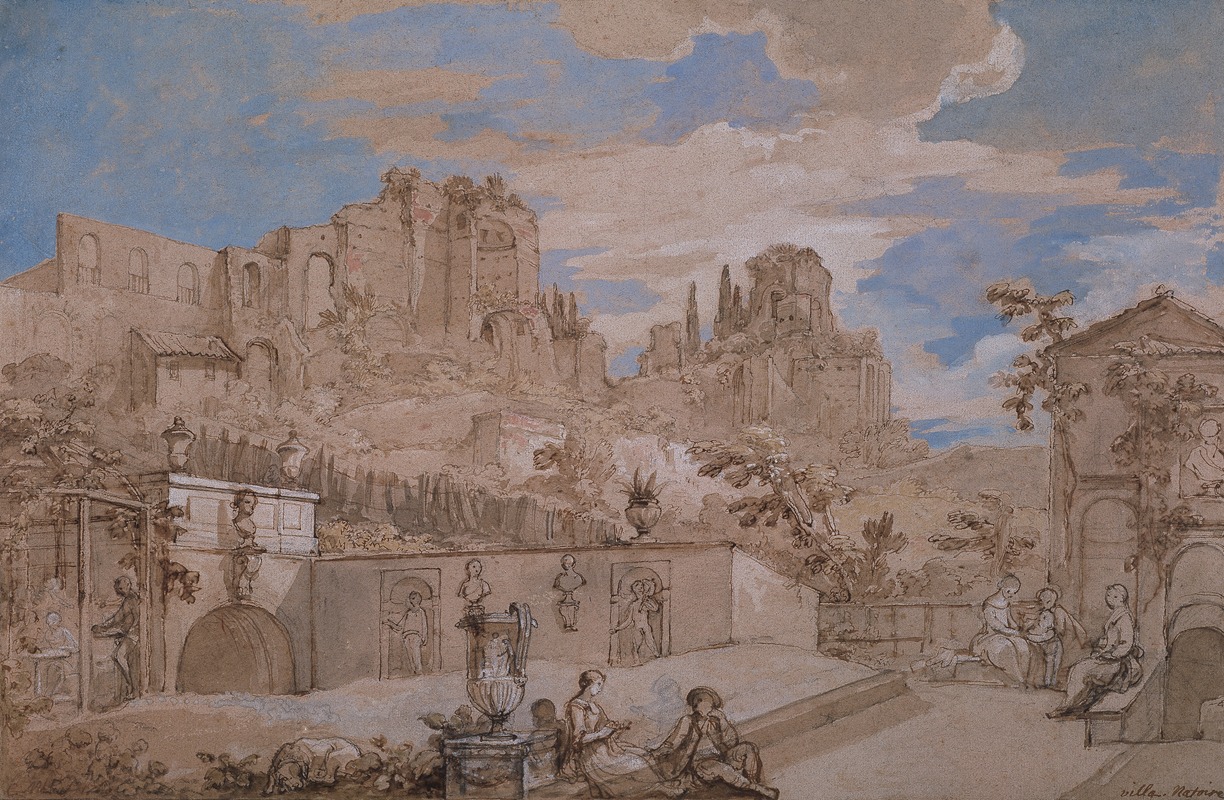
Villa Natoire
A hand-painted replica of Charles-Joseph Natoire’s masterpiece Villa Natoire, meticulously crafted by professional artists to capture the true essence of the original. Each piece is created with museum-quality canvas and rare mineral pigments, carefully painted by experienced artists with delicate brushstrokes and rich, layered colors to perfectly recreate the texture of the original artwork. Unlike machine-printed reproductions, this hand-painted version brings the painting to life, infused with the artist’s emotions and skill in every stroke. Whether for personal collection or home decoration, it instantly elevates the artistic atmosphere of any space.
Charles-Joseph Natoire was a prominent French painter of the 18th century, known for his contributions to the Rococo movement. He was born on March 3, 1700, in Nîmes, France, and became a significant figure in the art world during his lifetime. Natoire's works are characterized by their elegance, fluidity, and the delicate use of color, which were hallmarks of the Rococo style.
One of Natoire's notable works is "Villa Natoire," which, as the name suggests, is associated with a villa. However, there is limited information available specifically about a painting titled "Villa Natoire" by Charles-Joseph Natoire. It is possible that the title refers to a work depicting a villa or a scene related to a villa, but without more specific historical records or documentation, it is challenging to provide a detailed description or analysis of this particular piece.
Natoire's career was marked by his education at the prestigious Académie Royale de Peinture et de Sculpture in Paris, where he studied under the tutelage of prominent artists such as François Lemoyne. His talent was recognized early on, and he won the Prix de Rome in 1721, which allowed him to study in Rome. During his time in Italy, Natoire was influenced by the works of the Italian masters, which enriched his style and technique.
Upon returning to France, Natoire's reputation grew, and he received numerous commissions for both religious and secular works. He became a member of the Académie Royale and later served as its director. His works often featured mythological and historical themes, and he was known for his ability to capture the grace and beauty of the human form.
One of Natoire's most famous projects was the decoration of the Hôtel de Soubise in Paris, where he painted a series of panels depicting the story of Psyche. This work is considered one of the masterpieces of Rococo art and showcases Natoire's skill in creating intricate compositions filled with movement and emotion.
In addition to his work in France, Natoire spent a significant portion of his career in Rome, where he served as the director of the French Academy from 1751 to 1775. During this period, he continued to produce art and mentor young artists, leaving a lasting impact on the next generation of painters.
Charles-Joseph Natoire passed away on August 23, 1777, in Castel Gandolfo, Italy. His legacy is preserved through his contributions to the Rococo movement and his influence on both French and Italian art. While specific information about "Villa Natoire" is scarce, Natoire's body of work remains an important part of art history, celebrated for its elegance and refinement.





